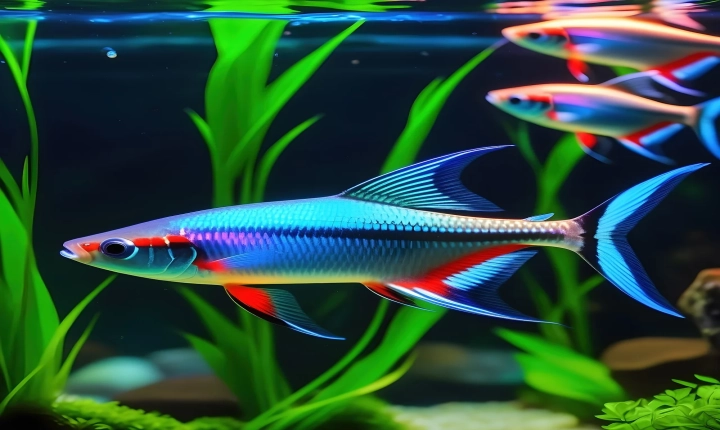Rasterizing layers in Adobe Illustrator can be a useful technique for converting vector graphics into bitmap images. This process is particularly helpful when you need to apply certain effects or adjustments that are only available for raster images. Rasterizing a layer can also be helpful when you want to reduce the file size or when preparing graphics for web use. In this article, we’ll discuss how to rasterize a layer in Adobe Illustrator and when it can be advantageous to do so.
What is Rasterizing?
Before we go into the process of rasterizing a layer, let’s discuss what rasterizing actually means. Rasterizing a layer in Adobe Illustrator refers to the conversion of vector elements, which are made up of paths and anchor points, into a pixel-based format. This means that the vector image will be converted into a grid of pixels, making it suitable for editing and applying raster-specific effects.
How to Rasterize a Layer in Adobe Illustrator
Rasterizing a layer in Adobe Illustrator is a straightforward process. Follow these steps to rasterize a layer:
1. Open your Adobe Illustrator file and select the layer you want to rasterize from the Layers panel.
2. With the layer selected, go to the “Object” menu and choose “Rasterize.” You can also right-click on the layer and select “Rasterize” from the context menu.
3. A dialog box will appear, allowing you to specify the rasterization settings. Here, you can choose the resolution and select the color model for the rasterized image. The resolution will determine the quality and sharpness of the raster image.
4. Once you’ve set the desired options, click “OK” to rasterize the selected layer.
When to Rasterize a Layer
Rasterizing a layer in Adobe Illustrator can be beneficial in various scenarios. Here are a few instances where rasterizing a layer can be advantageous:
– Applying raster-specific effects: Some effects, such as blur, grain, or texture overlays, are only available for raster images. Rasterizing a layer allows you to apply these effects to vector graphics.
– Reducing file size: Vector graphics can sometimes result in large file sizes, especially when working with complex illustrations. Rasterizing specific elements of the design can help reduce the overall file size.
– Preparing for web use: When preparing graphics for web use, rasterized images are often more suitable due to their smaller file sizes and compatibility with various web platforms and devices.
It’s important to note that once a layer is rasterized, it loses its scalability and crisp edges, which are inherent to vector graphics. Therefore, it’s essential to make a copy of the original vector graphics before rasterizing the layer, especially if you may need the scalability in the future.
In conclusion, rasterizing a layer in Adobe Illustrator can be a valuable tool when working with vector graphics. Whether you’re looking to apply specific effects, reduce file sizes, or prepare graphics for web use, understanding how to rasterize a layer and when to do so can enhance your design process and workflow. By following the simple steps outlined in this article, you can confidently rasterize layers in Adobe Illustrator and leverage the benefits of both vector and raster graphics in your designs.
